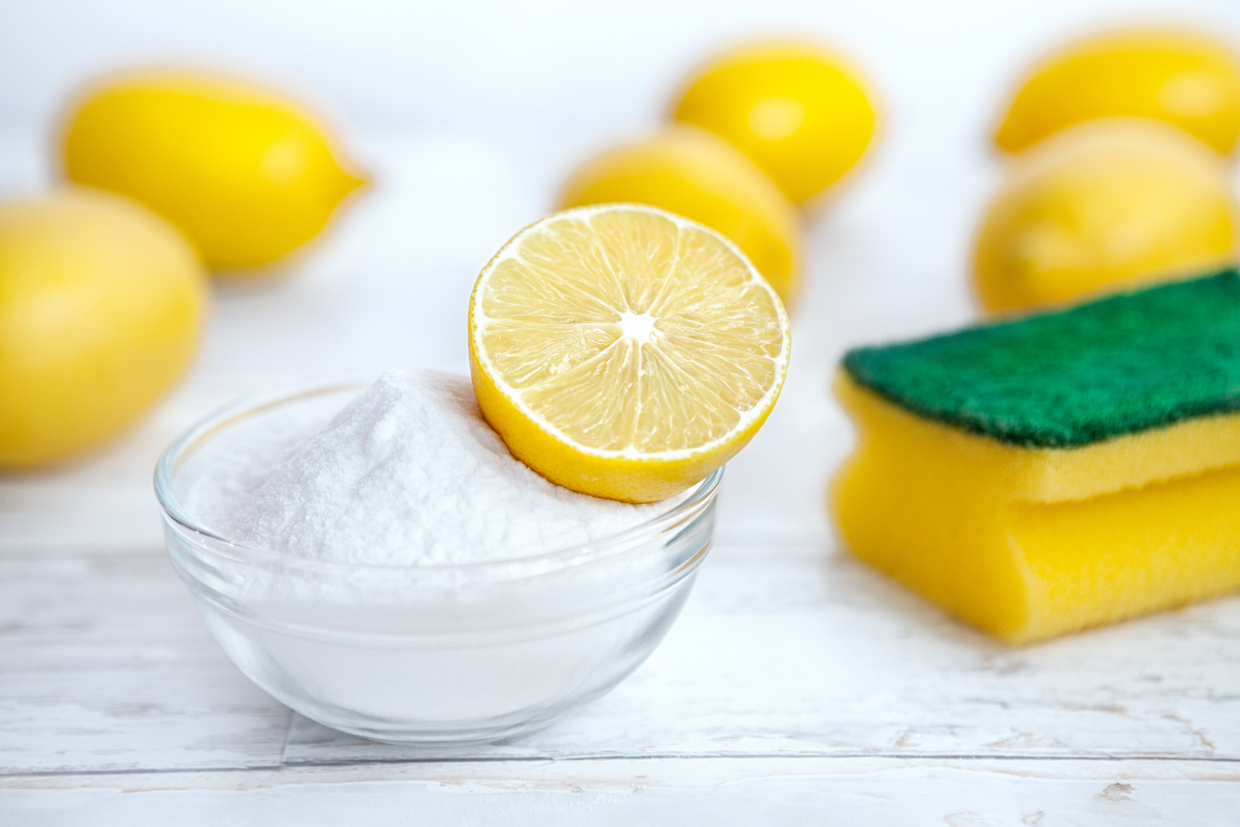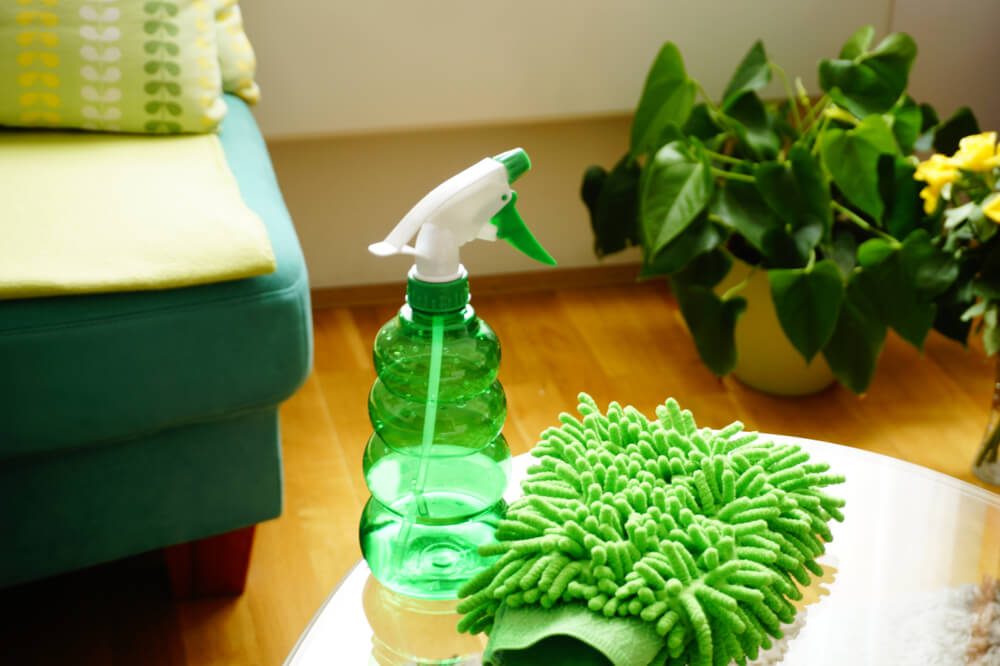In today’s fast-paced world, ensuring a healthy living environment is crucial for individuals concerned about allergies, asthma, and respiratory health. One significant aspect that directly impacts our well-being is indoor air quality. The air we breathe indoors can contain various pollutants that affect our health and contribute to respiratory issues. However, by adopting green cleaning practices, we can significantly improve indoor air quality and create a healthier living environment for ourselves and our loved ones.
Understanding Indoor Air Quality
Indoor air quality refers to the condition of the air inside buildings, including homes, offices, schools, and other enclosed spaces. The air we breathe indoors can be polluted with a range of contaminants, such as dust, pet dander, mold spores, volatile organic compounds (VOCs), and even bacteria or viruses. Prolonged exposure to these pollutants can lead to respiratory problems, allergies, asthma, and other health issues.
Green Cleaning Explained
Green cleaning involves the use of environmentally friendly cleaning products and methods that prioritize human health and the well-being of the planet. Unlike traditional cleaning products that often contain harsh chemicals, green cleaning products are made from natural or plant-based ingredients that are non-toxic and biodegradable. This approach aims to minimize chemical exposure and reduce the environmental impact associated with cleaning activities.
The Relationship Between Green Cleaning and Indoor Air Quality
Traditional cleaning products, such as bleach, ammonia, and certain aerosol sprays, can release harmful substances into the air. These substances, known as VOCs, can cause irritation to the respiratory system, trigger allergies, and worsen existing respiratory conditions. By opting for green cleaning practices, we can eliminate or significantly reduce the use of such products, thereby improving indoor air quality.
Strategies for Improving Indoor Air Quality with Green Cleaning
There are several strategies that can be implemented to improve indoor air quality through green cleaning practices:
- Proper ventilation and air circulation: Adequate ventilation plays a crucial role in maintaining good indoor air quality. Open windows whenever possible to allow fresh air to enter and circulate throughout the space. Use exhaust fans in areas prone to high humidity, such as kitchens and bathrooms, to remove moisture and prevent mold growth.
- Choosing eco-friendly cleaning products: Opt for cleaning products that are labeled as “green” or “eco-friendly.” These products are typically free from harsh chemicals, artificial fragrances, and dyes. Look for certifications such as Green Seal or EcoLogo to ensure their authenticity. Natural ingredients like vinegar, baking soda, and lemon juice can also be used as effective alternatives to commercial cleaning products.
- Using microfiber cloths and mops: Microfiber cleaning tools are highly effective in capturing and removing dust, dirt, and allergens from surfaces. They require minimal or no chemical cleaners, as their unique fiber structure allows them to trap and hold particles. Microfiber cloths and mops are reusable and can be washed, reducing waste and environmental impact.
- Implementing HEPA filters and air purifiers: High-Efficiency Particulate Air (HEPA) filters are designed to remove microscopic particles from the air, including allergens, dust mites, pet dander, and pollen. Consider using HEPA filters in vacuum cleaners, air purifiers, and HVAC systems to enhance indoor air quality. Air purifiers with activated carbon filters can also help eliminate odors and chemical pollutants.
Green Cleaning Practices for Different Areas of the Home
Implementing green cleaning practices throughout your home can further enhance indoor air quality. Here are some specific tips for different areas:
- Kitchen cleaning tips: Use natural ingredients like baking soda and vinegar to clean countertops, sinks, and appliances. Avoid using chemical-laden oven cleaners or abrasive scrubbers. Regularly clean and maintain kitchen exhaust fans to prevent the buildup of grease and improve ventilation.
- Bathroom cleaning tips: Use eco-friendly cleaners or a mixture of vinegar and water to clean bathroom fixtures, tiles, and surfaces. Prevent mold growth by regularly cleaning and drying bathroom surfaces. Install a shower curtain liner made from non-toxic materials.
- Bedroom cleaning tips: Wash bedding regularly in hot water to eliminate dust mites and allergens. Vacuum mattresses, carpets, and upholstery using a HEPA-filtered vacuum cleaner. Keep bedroom windows open for fresh air circulation.
- Living room cleaning tips: Dust surfaces with a microfiber cloth or damp cloth to avoid spreading dust particles into the air. Use natural air fresheners, such as essential oil diffusers, instead of chemical-based aerosol sprays. Regularly clean or replace HVAC filters to prevent the recirculation of dust and allergens.
Additional Benefits of Green Cleaning
Apart from improving indoor air quality, adopting green cleaning practices offers several other benefits:
- Positive impact on overall health and well-being: Green cleaning products reduce exposure to harmful chemicals, which can help alleviate respiratory issues, allergies, and skin sensitivities. The use of natural ingredients promotes a healthier living environment for individuals of all ages.
- Environmental benefits: By choosing eco-friendly cleaning products and methods, you contribute to reducing water and air pollution, minimizing waste, and conserving natural resources. Green cleaning practices support sustainable living and protect the environment.
- Cost-effectiveness in the long run: While some green cleaning products may have a slightly higher upfront cost, they are often concentrated and require less quantity per use. Additionally, using reusable cleaning tools like microfiber cloths and mops can save money in the long term.
Steps to Implement Green Cleaning Practices
Implementing green cleaning practices in your daily routine involves the following steps:
- Assessing current cleaning practices: Evaluate the cleaning products you currently use and identify any harmful chemicals or ingredients. Take note of areas in your cleaning routine where you can make eco-friendly substitutions.
- Researching and selecting green cleaning products: Look for reputable brands that offer green cleaning products. Read labels and ingredient lists to ensure they meet your criteria for being non-toxic and environmentally friendly. Consider online resources and reviews to help you make informed choices.
- Educating yourself and your family members: Share information about the benefits of green cleaning with your family. Educate them on the potential risks associated with traditional cleaning products and the importance of choosing safer alternatives.
- Establishing a cleaning routine: Create a cleaning schedule that incorporates green cleaning practices. Assign specific tasks to family members and ensure everyone is aware of the products and methods to be used. Regularly review and update your routine as needed.
Conclusion
Improving indoor air quality is crucial for individuals concerned about allergies, asthma, and respiratory health. Green cleaning practices provide an effective solution by reducing the use of harmful chemicals and promoting eco-friendly alternatives. By incorporating strategies such as proper ventilation, using eco-friendly products, utilizing microfiber cloths, and implementing HEPA filters, you can significantly enhance indoor air quality in your home. Adopting green cleaning practices not only benefits your health but also contributes to a sustainable and environmentally conscious lifestyle.







